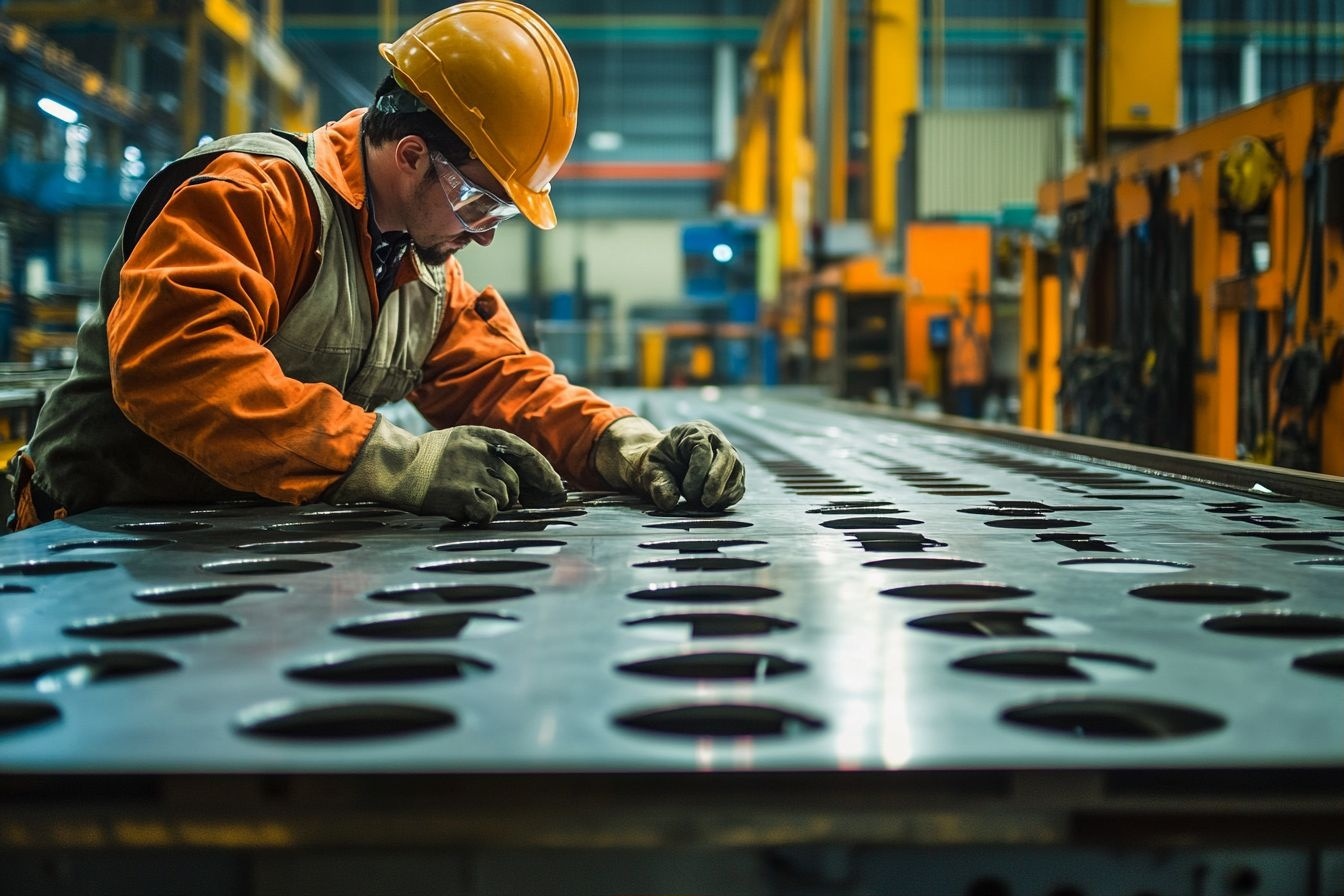The Intricate Dance of the Differential: A Deep Dive into Automotive Gearing
A differential is a device often overlooked but plays a pivotal role in your vehicle's performance. This article delves into the intricacies of the differential, its history, technological improvements, and its impact on the driving experience. The differential, a device that splits torque between the wheels allowing them to rotate at different speeds, dates back to ancient times. The first known differential was used in a Chinese south-pointing chariot during the Han Dynasty (202 BC–220 AD). However, it wasn't until the advent of the automobile in the 19th century that the differential found its true calling.

In 1827, a French mechanic named Onesiphore Pecqueur developed a differential for steam-driven vehicles. Over the years, this technology saw various iterations and improvements, slowly evolving to match the increasing speeds and demands of modern vehicles.
Modern Day Differentials: The Evolution Continues
Today, differentials come in various types, including open, limited-slip, and locking differentials. Each has its unique advantages and is suited for specific driving conditions.
Open differentials, the most common type, distribute power evenly to both wheels. However, they are not without their flaws. In slippery conditions, if one wheel loses traction, the differential will send all power to that wheel, rendering the vehicle immobile.
Limited-slip differentials (LSD) were developed to tackle this problem. An LSD can detect when a wheel is spinning quicker than the other and redistribute the power accordingly, providing better traction and control.
Locking differentials, on the other hand, are designed for off-road usage. They lock both wheels together, ensuring both spin at the same rate, regardless of traction. This can be a lifesaver in challenging off-road environments.
The Impact of Differential Technology on the Automotive Industry
Differential technology has had a significant impact on the automotive industry. With the advent of LSDs and locking differentials, vehicles can now handle a wider range of terrains and conditions. This has led to the growth of off-road and sports car markets, as these vehicles can now offer improved performance and control.
Furthermore, advancements in differential technology have also influenced the development of safety systems such as Electronic Stability Control (ESC). By monitoring wheel speeds, ESC can detect loss of steering control and apply the brakes to help “steer” the vehicle.
Challenges and Future Developments
Despite the significant advancements, differential technology still faces challenges. For example, while LSDs and locking differentials have improved traction, they have also increased mechanical complexity and cost.
However, with the continuous advancements in technology, we can expect more innovative solutions to these challenges. One promising development is the electronically controlled differential. By controlling the differential electronically, it’s possible to optimize its performance in real-time, delivering the perfect balance of traction and control under all conditions.
The Unsung Hero of Automotive Engineering
In the world of cars, differentials may not receive the same attention as engines or suspension systems, but their contribution to a vehicle’s performance and control is undeniable. From humble beginnings in ancient China to the sophisticated electronically controlled devices in modern vehicles, differentials have come a long way. As technology continues to advance, we can look forward to even more improvements in this essential aspect of automotive engineering.




